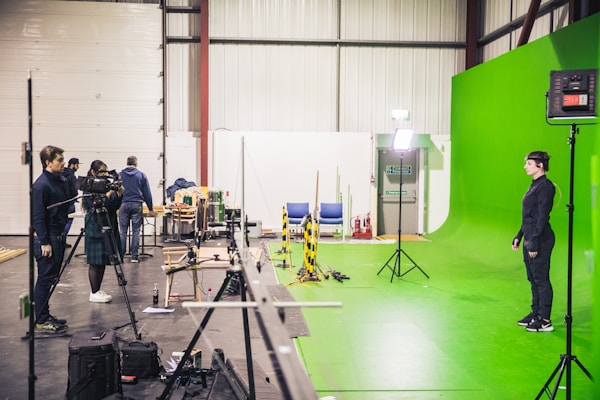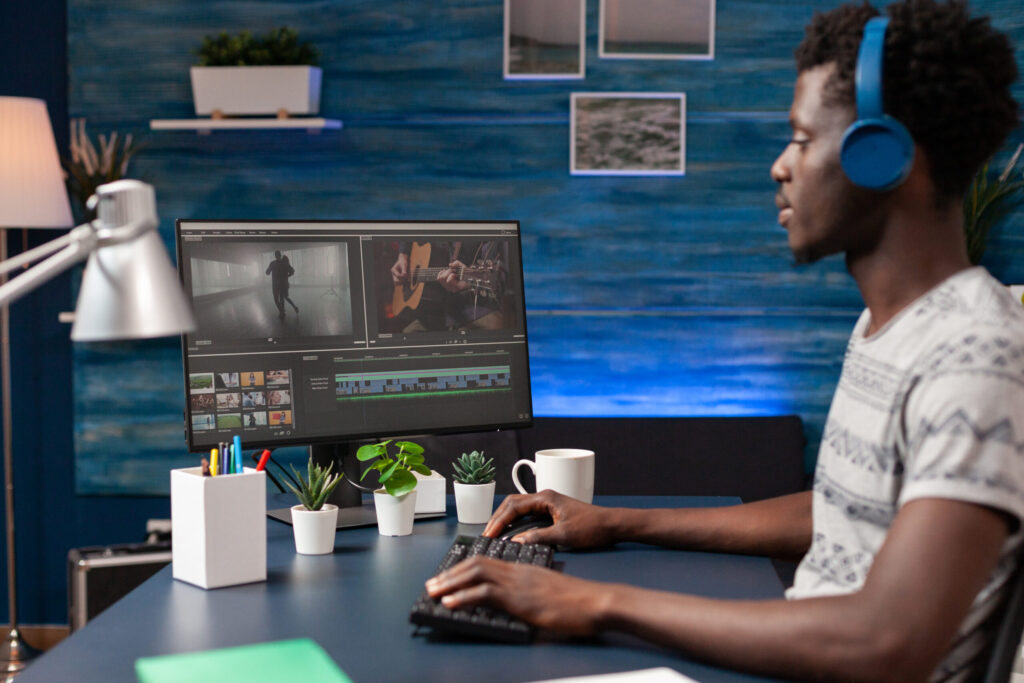Visual effects (VFX) have become an essential element of the entertainment industry. They create immersive worlds and unbelievable moments that captivate audiences around the globe. This article will explore the various aspects of VFX, delving into the technology and methodologies behind the magic. Keep reading to learn more.
The World of VFX Creation

At its core, VFX involves the integration of live-action footage and generated imagery to create realistic scenes that would be difficult, costly, or dangerous to shoot in real life. The process requires expertise in various disciplines, including compositing, animation, modeling, and lighting. VFX artists and technicians collaborate to bring filmmakers’ visions to life, combining on-set practical effects and post-production digital creations.
Modern VFX relies heavily on computer-generated imagery (CGI), allowing artists to craft highly detailed and lifelike environments, characters, and effects. Tools like 3D modeling software and digital compositing applications enable VFX artists to blend real and synthetic elements seamlessly. As technology continues to evolve, the boundaries between reality and imagination continue to blur, pushing the limits of what can be achieved in visual storytelling.
One innovation that demonstrates this fusion of technology and artistry is NantStudios’ Real-time Art Department (RAD). This facility offers state-of-the-art resources for real-time VFX production. With cutting-edge virtual production and motion capture technologies, the NantStudios RAD studio enables creatives to produce stunning visuals faster than ever before. This type of advancement is just one example of how the VFX industry is evolving to meet the demands of ever-growing audience expectations.
Understanding VFX Workflow
The VFX pipeline can be broken down into several stages. The pre-production phase involves conceptualizing visual effects and planning how they’ll be achieved during filming. Coordination between VFX artists, directors, and other departments is crucial to ensure effects work harmoniously with other elements of the film.
During production, on-set VFX supervisors and technicians carefully track and document the shoot, ensuring all necessary data and reference materials are gathered for post-production. This may include capturing environment and lighting information, as well as recording the movement of actors and props on camera. Practical effects, such as explosions or stunts, may also be executed during shooting to support the digital effects added later.
In the post-production stage, VFX artists and compositors bring together live-action footage and CGI elements, refining and integrating them to create the final images. This process can be time-consuming and labor-intensive, as artists must meticulously adjust lighting, perspective, and timing to achieve a seamless look. The final stage of the VFX pipeline is quality control, where every shot undergoes rigorous inspection to identify and correct any remaining inconsistencies or imperfections.
The Future of VFX

As technology advances and audiences demand increasingly spectacular visuals, the VFX industry will continue to push the boundaries of what’s possible. Emerging trends, such as virtual production and real-time rendering, look set to revolutionize the way visual effects are created and integrated with live-action footage. These innovations promise to bring greater efficiency and flexibility to the VFX pipeline, empowering artists and filmmakers to tell ever more ambitious stories.
Advancements in artificial intelligence and machine learning also have the potential to revolutionize VFX, automating tasks that once required countless hours of manual labor. Algorithms may soon be able to generate realistic textures, simulations, and even characters, enabling artists to focus on creativity and storytelling rather than technical minutiae.
With these exciting developments on the horizon, the future of VFX is bright, and the possibilities for stunning visuals, immersive worlds, and compelling stories are virtually limitless.
Altogether, the world of VFX is a fascinating combination of artistry and technical wizardry, delivering memorable visuals that captivate audiences and elevate storytelling. As technology continues to evolve and grow, the future of VFX promises to be even more intriguing, bringing new innovations and possibilities to the table.








